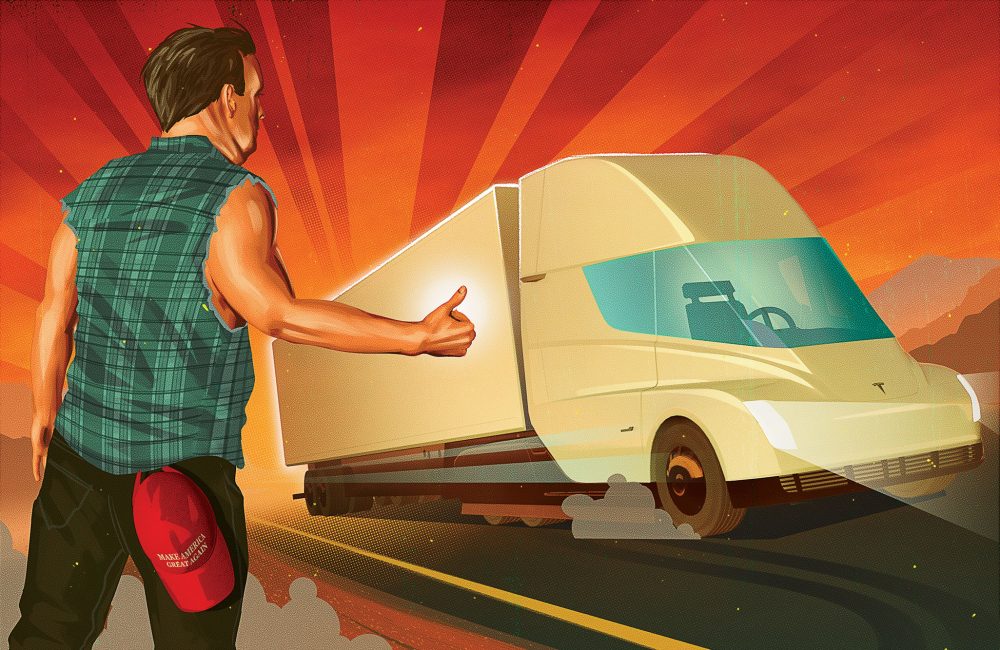This video has nothing to do with this article other than I like how it glorifies our drivers and what they do. And because my fellow trucking lawyer boy Matt Hefflefinger loves country music and will get a kick out of it!
I’ve written about this before in Anatomy Of A Trucking Case: Part 1, Rapid Response. I think it’s a good read because I wrote it. Judge for yourself. And take it in conjunction with the below suggestions. You will be leap and bounds ahead of the pack in defending yourself if you do.
But I read a recent article in Transport Topics that made me think about revisiting this. I’m a big proponent of getting a lawyer involved in a bad accident very early on, particularly at the scene right after it happens. But I’ve got a family to feed and I’m a slimy lawyer, so of course I’m going to say that right?
But I also realize that’s not always possible because of the timing. Or maybe the cost doesn’t justify it. Whatever the reason, you can train your drivers and companies to do many of the things that us lawyers find important later on in case we aren’t called out to the scene. And I encourage you to follow some of these suggestions from the Transport Topics article. Props to Wayne Andrews, a safety representative for insurance company Marvin Johnson & Associates, for laying these out so succinctly.
- Staying calm and remaining focused is the best way to navigate the confusion that erupts after a truck accident, and orderly preparation before anything bad happens gives a driver an edge in case of an unfortunate event.
- Drivers should remain polite and professional, but beyond that, they should limit what they say.
- Don’t sign anything at the scene of an accident.
- Don’t admit fault or apologize, and don’t discuss the accident except with police, your company and your insurance company.
- Bad luck often doesn’t stop with one event. Drivers should secure the scene of an accident with reflective triangles and four-way flashers. Secondary crashes can be worse than the initial event.
- Documentation is very important. Drivers should take lots of pictures from from various angles, and take notes on weather condition, witnesses and the chain of events. But don’t take pictures of injured people!
- Drivers should know their companies’ accident-reporting policies and should fill out report forms quickly. Following policies protects both the driver and the company,
Wayne Andrews did a good job with these. I don’t know him. But he lays it out well.
Make this stuff part of you driver training. It will pay you in spades.
